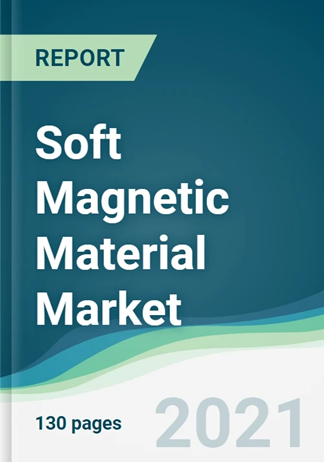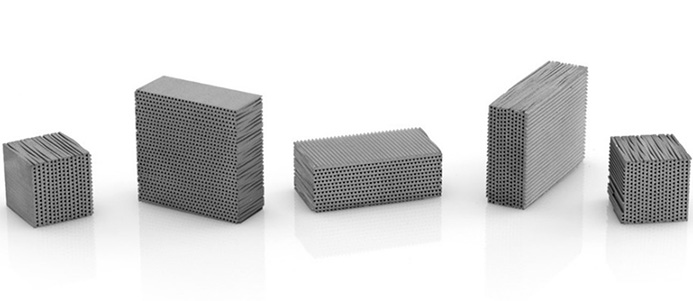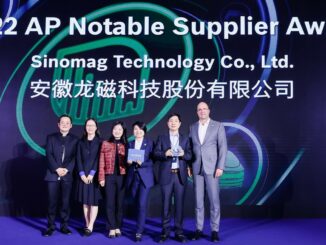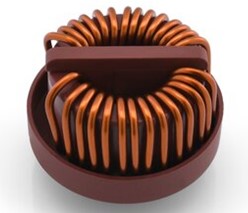
The soft magnetic materials market is expected to grow 4.2% annually to $34.6 billion in 2026 from $25.9 billion in 2019, according to a new market report. The transformers segment of the market has particularly strong potential, note the researchers. They predict that overall market growth will be greatest in Asia but North America will continue to be dominant in market size.
Based on application, transformers are anticipated to have a greater market share than alternators, motors and other segments. Rising urbanization and increasing electricity reach is the prime reason boosting the market demand for transformers. As per the observation by UN Population Prospects, global access to electricity has been rising steadily over the past two decades. In 2005, the number of people having access to electricity was 5.24 billion. This size increased to 6.5 billion by 2016. Over this span of 11 years, calculating on an average per day level, 314,770 people got access to electricity for the first time in their lives. The major growth of access to electricity was seen in the Asian and Middle East region.
Further construction of smart cities in these will significantly boost the market for transformers and related equipment. In India, for instance, the government has recognized 90 cities that have the potential to convert into smart cities for better standards of livings and economic development. In China, the government is redeveloping Shantytown for making it a smart city. The UAE Minister of Energy and Infrastructure has announced an investment of US $2.72 billion for infrastructure development along with the countries east coast in 2021. Major infrastructure projects in Egypt, such as October Oasis, Tahrir Petrochemical complex, and others. The Saudi Arabian government has invested $100 billion in the construction of King Abdullah Economic City for better trade and tourism. Infrastructure development significantly increases the demand for transformers, raising the market for soft magnetic materials.
Based on end-use, the communication and technology segment of the market is predicted to provide enormous growth opportunities for soft magnetic materials owing to surging demand for greater and advance technology such as 5G networking and others. Rising internet penetration along the globe will further expand the market. The automotive, electrical and electronic segments are anticipated to dominate the market for soft magnetic materials owing to skyrocketing market demand amidst a surge in disposable income and adoption of advanced technology.
The use of soft magnetic materials in wind turbines will provide significant growth prospects, the researchers note. In the past decade, the installation and usage of wind turbines for generating electric energy have increased significantly. Post hydro, wind is the second most preferable source of generating renewable energy. In 2009, 276.05 tetra-watts hours of energy were produced using wind turbines. This increased to 1,429.62 tetra-watts hours by 2019. China is the leading wind energy user with installed wind capacity in 2019 amounting to 210.64 GW.
Companies mentioned include SG Technologies, Mate Co. Ltd., Toshiba Materials Co Ltd, Steward Advanced Materials LLC, Sintex a/s, Vacuumschmelze GmbH & Co. Kg, Arnold Magnetic Technologies and Hitachi Metals Ltd.
The authors define soft magnetic materials as elements that have the feature of magnetization and demagnetization. Typically, they have intrinsic coercivity less than 1000 Am-1 and are primarily used to enhance and channel the flux, which is produced by an electric current. Permeability, a measure to observe how readily an element responds to the applied magnetic field, is a crucial parameter to note the effectiveness of soft magnetic material. Other crucial parameters to determine the quality and efficiency are coercivity, saturation magnetization, and electrical conductivity
Application of soft magnetic materials can be segmented into AC and DC. The DC application consists of regular magnetization and demagnetization of the material to perform the operations. The material is first magnetized to attract the target and then demagnetize to remove the target. An electromagnet on a scrap yard crane is a prime example of DC application. The crane is switched on and the electromagnet magnetized to attract scrap steel. The user then switches off the electric flow to demagnetize the element and drop off the steel. In AC application, the material is continuously cycled from being magnetized, from one direction to another. A power supply transformer uses AC soft magnetic material for a better setting of the incoming and outgoing voltage. The prime observation in an efficient AC soft magnetic material is the consideration of energy loss during the operation during the cycle of material around the hyperloop. AC soft magnetic materials have higher permeability than DC soft magnetic materials.
The study was conducted by Knowledge Sourcing Intelligence LLP and is available through Research and Markets. For more info, see www.researchandmarkets.com. .



